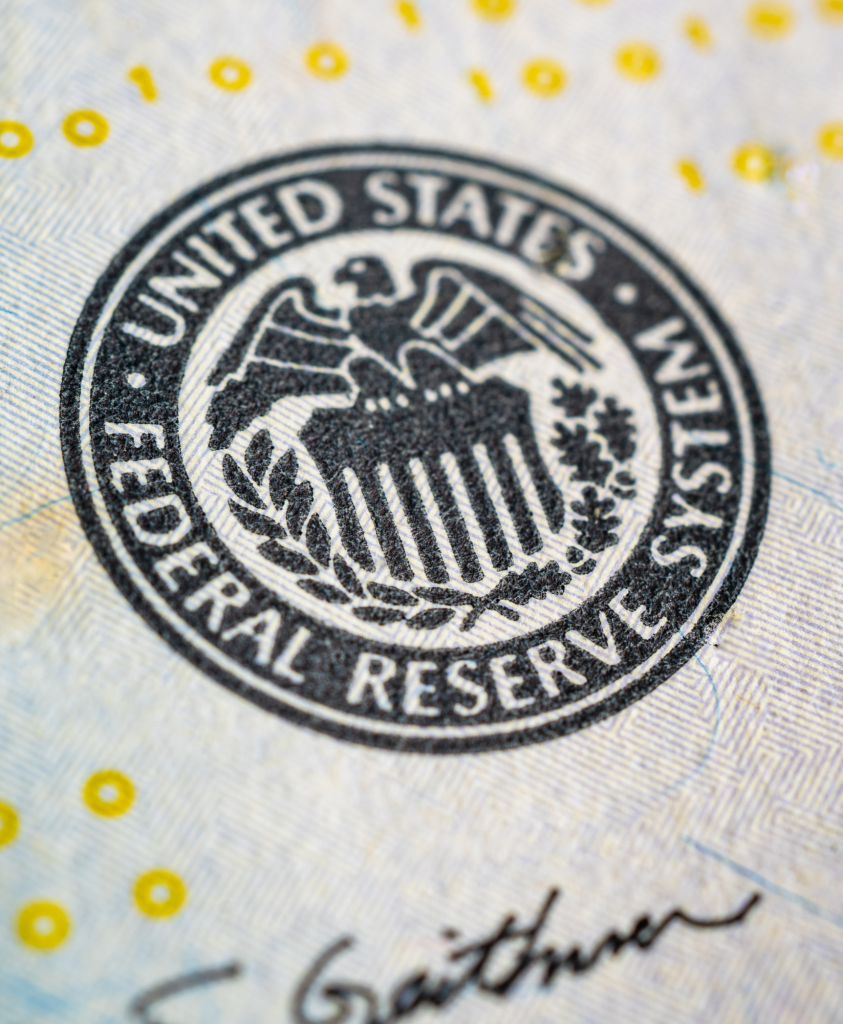
How Does the Federal Reserve Influence Mortgage Rates?
The mortgage market is always changing, often in response to big economic events. According to data published by the Federal Reserve, the average rate for a 30-year fixed-rate mortgage—the most common mortgage in the United States—is 6.35% percent, as of August 29th. This represents a notable low point for this figure across the last year, which reached a peak of 7.79% in late October 2023.
Many factors can cause mortgage rates to rise or fall, but one of the biggest influences is the Federal Reserve. Understanding how the Fed impacts mortgage rates can help you make informed decisions when you’re thinking about buying a home.

What Does the Federal Reserve Do?
The Federal Reserve is the central bank of the United States and is one of the most powerful financial institutions in the world. Its main goal is to maintain financial stability in the economy. This includes actions aimed at increasing employment, reducing inflation, and ensuring the overall economy runs smoothly.
One of the Fed’s primary tools is something called “Monetary Policy.” This refers to the Fed’s ability to set interest rates on things like government bonds and other financial products. These rates then influence the broader financial markets, including mortgages. By adjusting these interest rates, the Fed can make it more or less expensive for big financial institutions, like banks, to borrow money. These changes in borrowing costs affect the overall money supply in the economy and, in turn, the cost of taking out a loan, including mortgages.
How Do the Federal Reserve’s Actions Affect the Mortgage Market?
Whenever the Federal Reserve makes a decision about interest rates, it impacts the entire financial market, including mortgages. When the Fed announces a change in its monetary policy, like raising or lowering interest rates, the effects ripple through the economy. Usually, the Fed tries to announce these changes in advance and implement them gradually to avoid sudden disruptions.
When the Federal Reserve decides to increase interest rates, borrowing money becomes more expensive. For example, when the Fed raises the interest rate known as the “Fed Funds Rate,” banks and other lenders have to pay more to get the money they need to lend out. These higher costs are then passed on to borrowers, meaning mortgage rates will typically rise when the Fed increases its rates.
On the flip side, when the Fed lowers interest rates, the cost of borrowing tends to go down, including mortgage rates. However, it usually takes a bit more time for these lower rates to fully show up in the mortgage market.
Is the Fed Expected to Make a Change Soon?
There is growing anticipation that the Federal Reserve might lower interest rates soon, possibly beginning at its September meeting. This expectation comes as the job market appears to be cooling, with unemployment rising to 4.3%, and inflation moving closer to the Fed’s target of 2%. Economists believe that the Fed could cut rates at each of its remaining meetings this year, potentially by as much as half a percentage point overall.
If the Fed does lower rates, it would be a significant shift in its approach, signaling a readiness to support the economy during this period of adjustment. Lower interest rates would make borrowing cheaper, which could create a more favorable environment for taking out a mortgage. As the Fed keeps a close eye on economic indicators, it remains committed to fostering conditions that promote growth and stability in the economy.
Understanding these potential changes can help you decide when might be the best time to apply for a mortgage, as the Fed’s decisions will directly impact the rates you’re offered.

Keeping This in Mind, Is Now a Good Time to Get a Mortgage?
Considering the Federal Reserve’s influence on mortgage rates, deciding when to get a mortgage requires careful thought. If the Fed does lower interest rates as expected, it could lead to more favorable mortgage rates, making it an opportune time to buy a home or refinance an existing mortgage. However, rates are influenced by many factors, so it’s important to stay informed and work closely with a financial advisor or mortgage professional. By understanding the Fed’s role and monitoring economic trends, you can make a well-timed decision that aligns with your financial goals.
Wondering if now is the right time to buy? Our team of Mortgage Experts can help!
